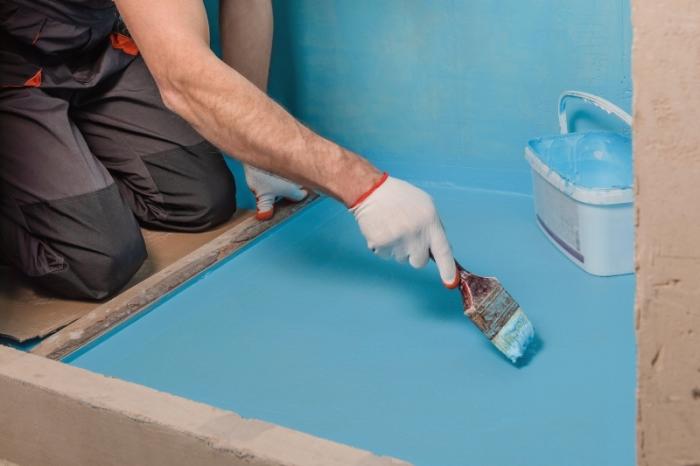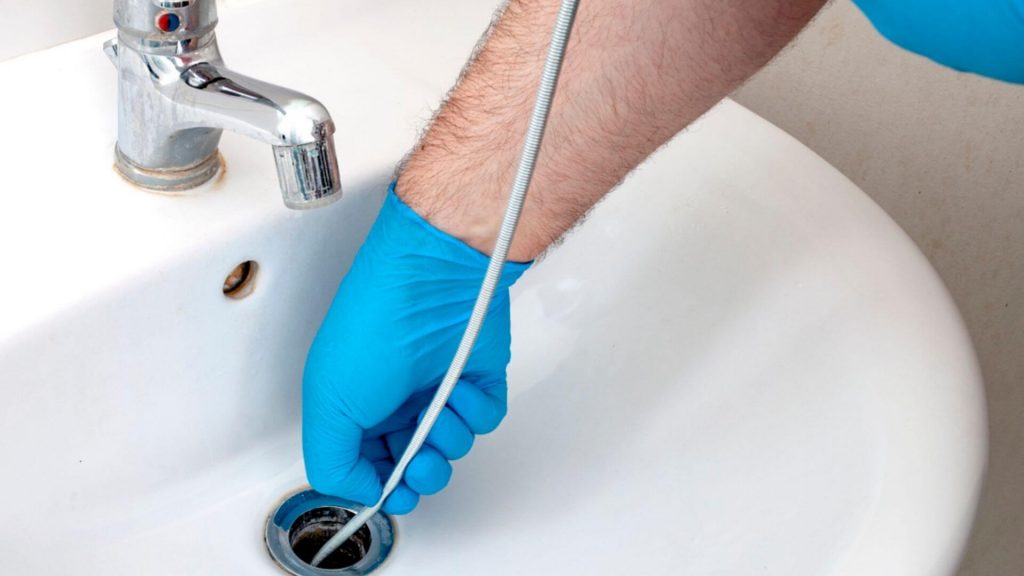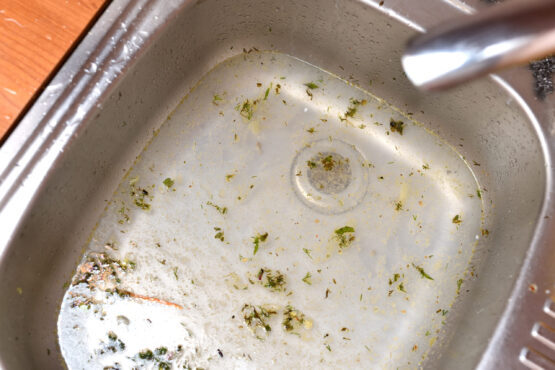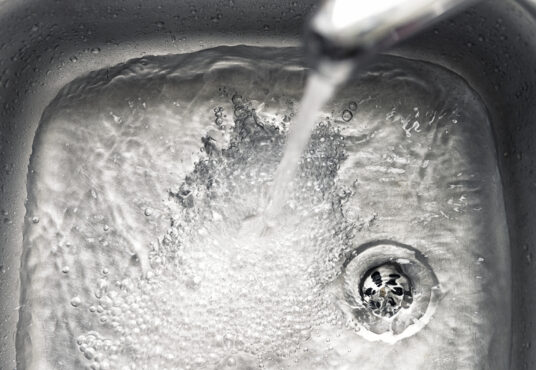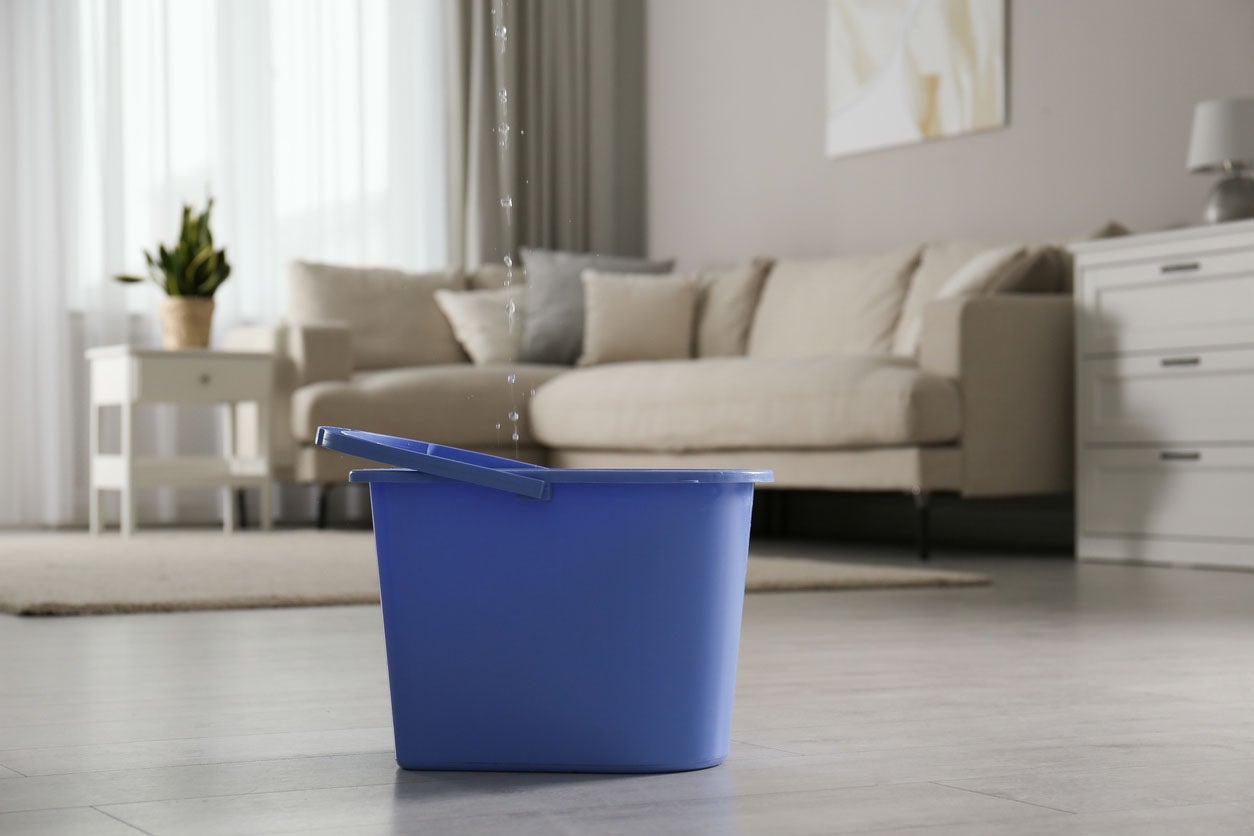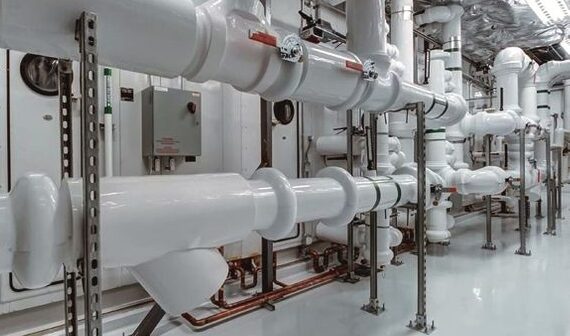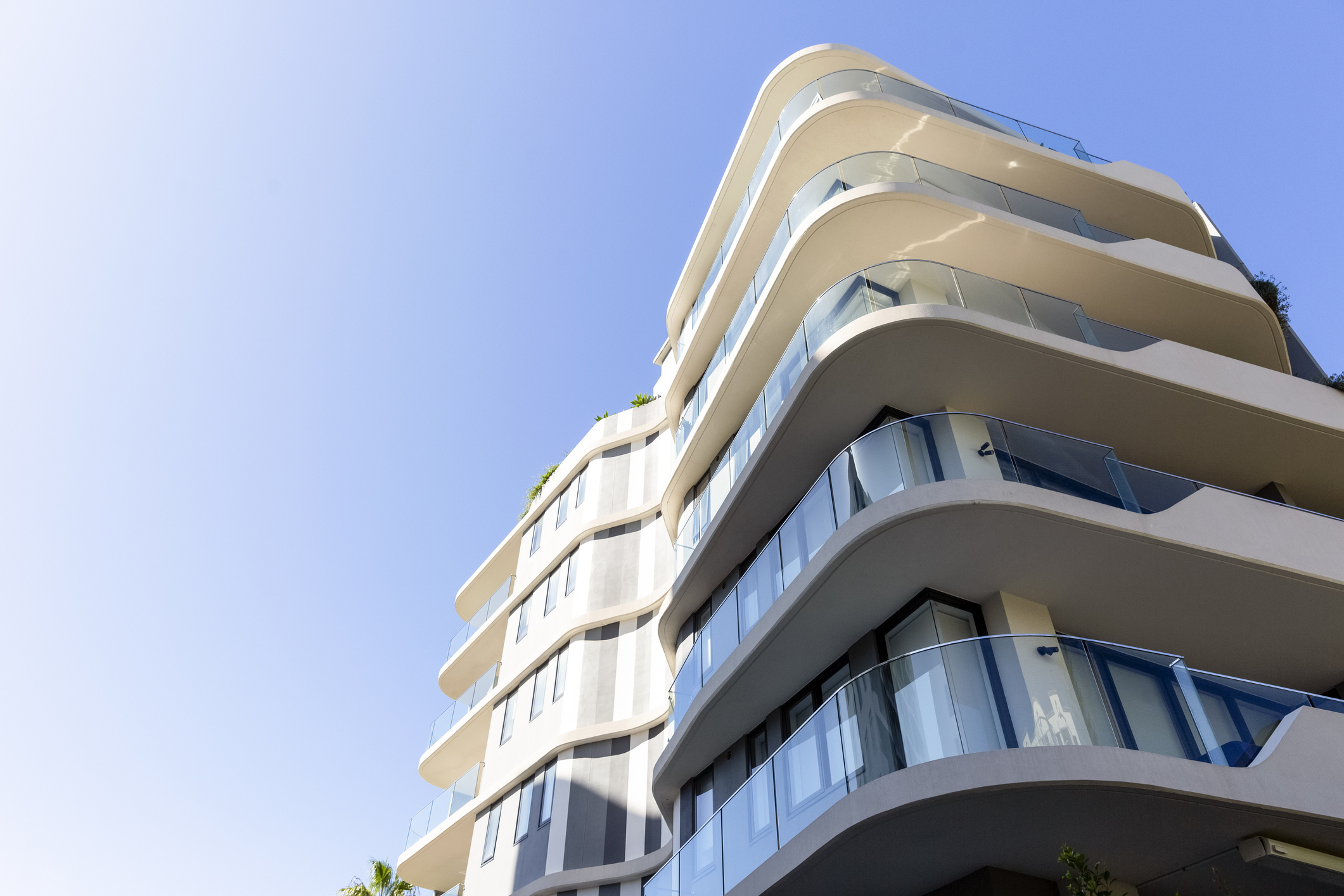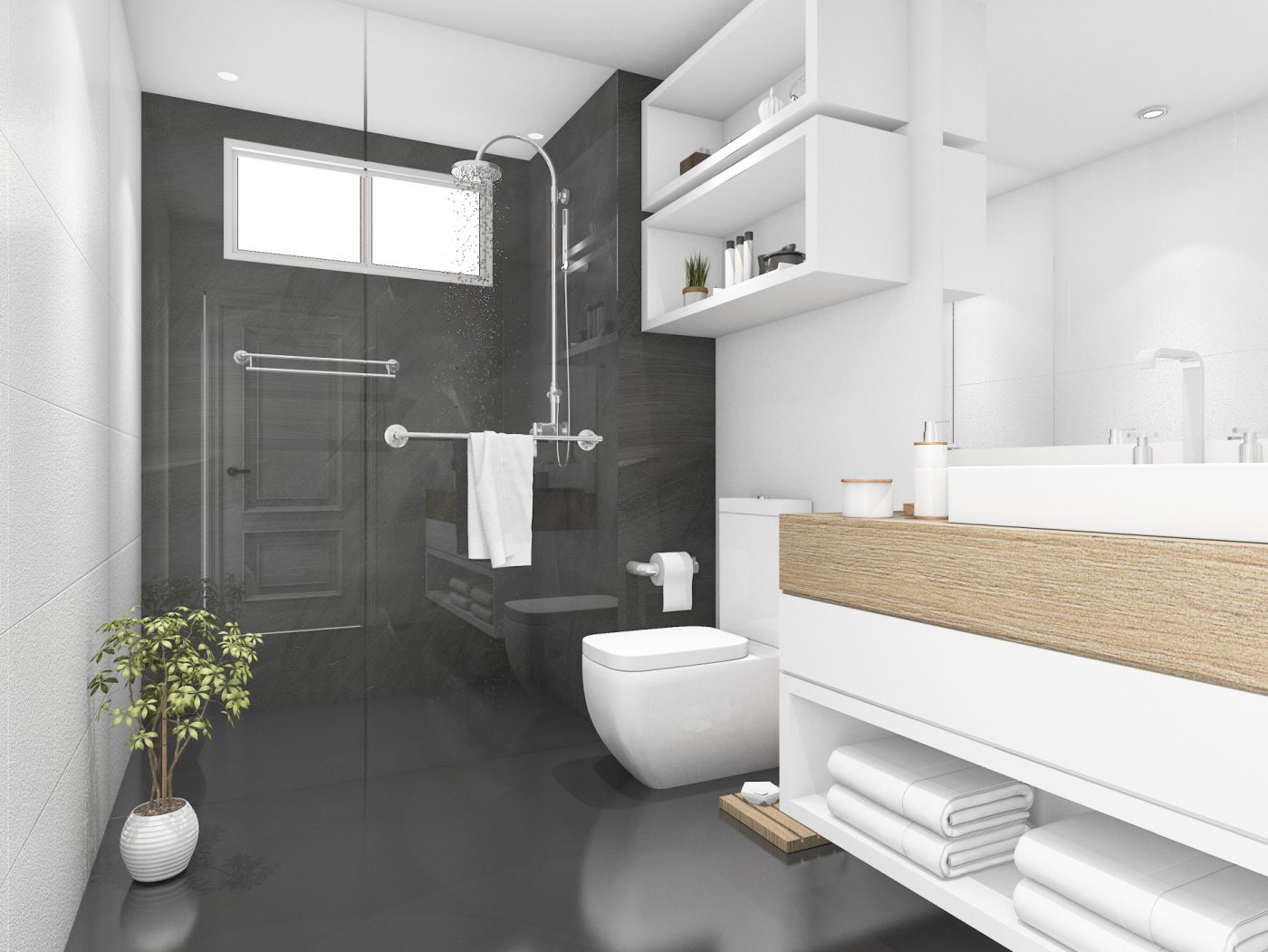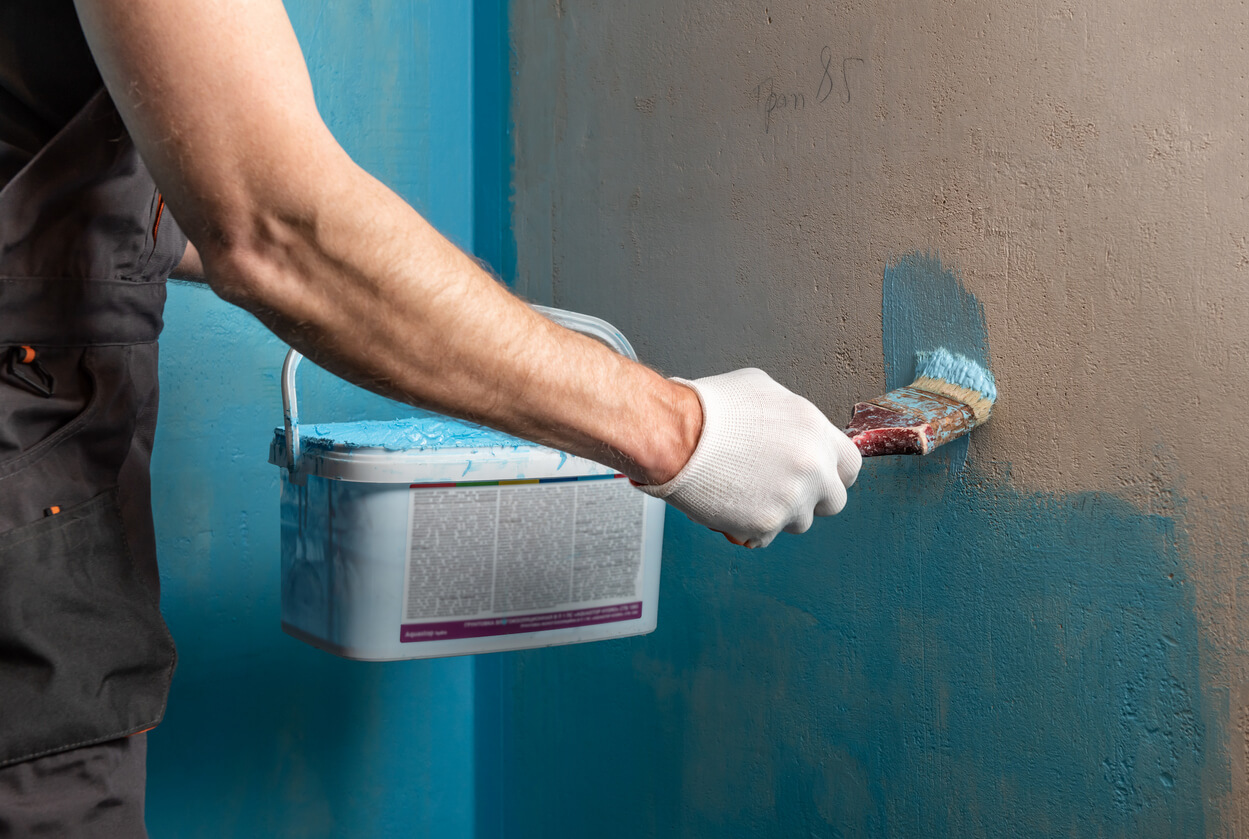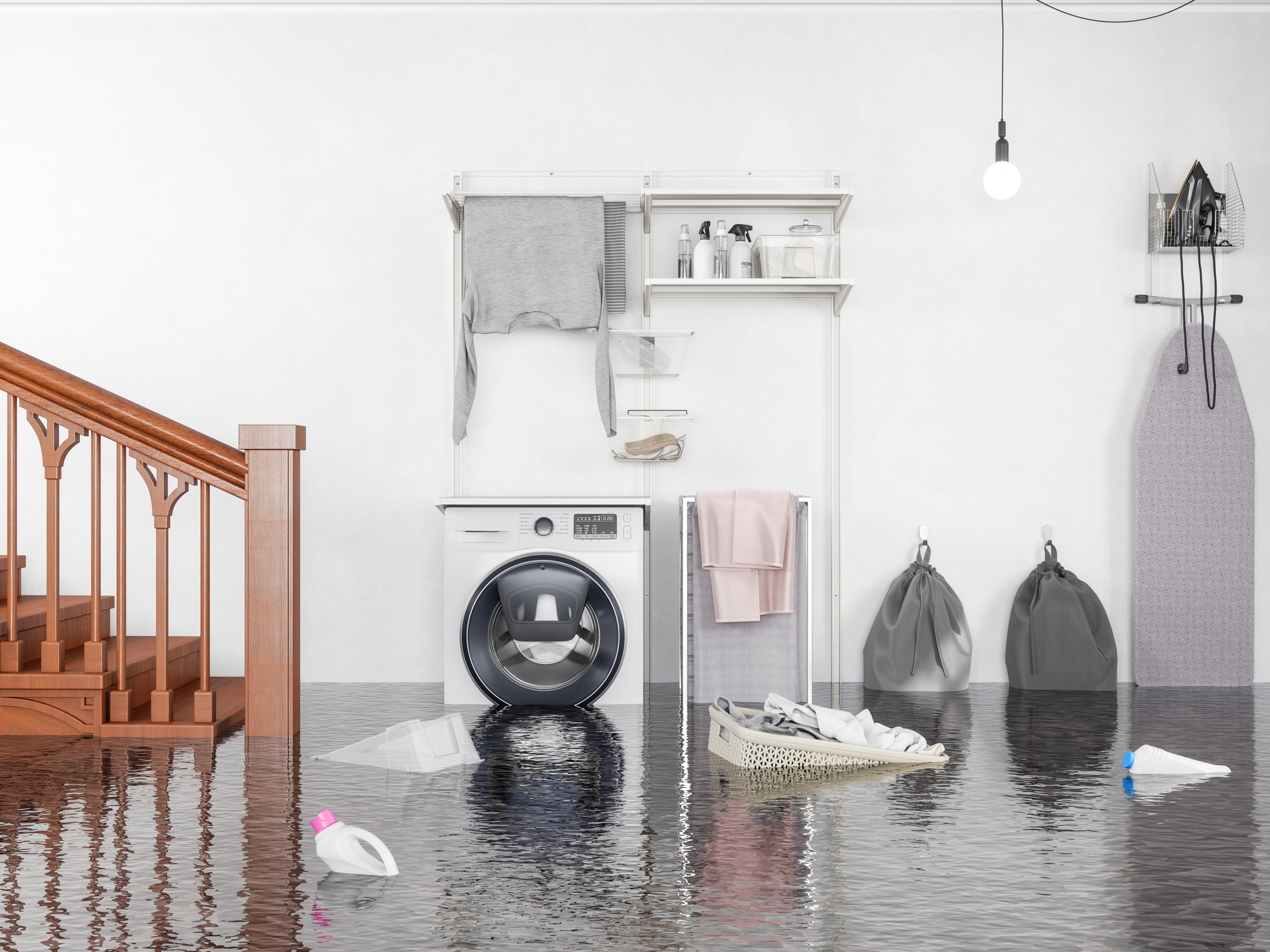When it comes to knowing how to waterproof your bathroom, understanding the why (and the who) is equally important in order to get the job done right. A poorly waterproofed bathroom will cost you time, money and is one of the most commonly occurring building defects in new and existing homes. Here’s what you need to know about waterproofing your bathroom.
Waterproofing is like an insurance policy
If you’re wondering why you need to waterproof your bathroom (and we really hope you aren’t), think of waterproofing like insurance. Water damage can cause a range of serious structural and cosmetic issues in homes, mostly due to the fact that it can go undetected for long periods of time. Waterproofing your home protects the structural integrity of your dwelling and protects you against other forms of damage like, mould, rising damp, warping and rotting of timbers.
Choose the right product
There are a number of waterproofing products available, all with specific uses and applications. When it comes to a bathroom, the most commonly used product is a liquid membrane applied with a brush or roller, due to it’s high flexibility and ease of application.
A qualified professional will be able to provide you with expert advice on which product is right for your situation to ensure the job gets done right.
Understand the standards
Australia has pretty strict regulations when it comes to undertaking waterproofing and building works, and the regulations vary from state to state.
Generally, the work needs to be carried out in accordance with the Building Code of Australia and the Australian Standards (AS 3740-1994). They stipulate that:
- Shower floors must be totally waterproofed and shower walls must be waterproofed up to a height of 1,800 mm.
- Bathroom walls must be waterproofed up to a height of 150 mm
- The step down from the shower to the floor must be waterproofed to a height of at least 100 mm.
- If the bathroom is not on the ground floor, the entire bathroom floor must be waterproofed.
- If the bathroom floor contains any wood, the entire bathroom floor must be waterproofed.
Common pitfalls
Like any renovation or home improvement, there’s a whole host of things that can go wrong when it comes to waterproofing. It’s best to make sure you dot the i’s and cross the t’s because even a small error may require removal and renovations. The most common errors include:
- Choosing the incorrect product
- Applying the waterproofing in the wrong order
- Not allowing enough time for the waterproofing to ‘cure’
- Not covering all the required surfaces or to their full heights and areas. See above for the standards.
Call in the experts
We’re not just saying that because we are waterproofing experts, if you haven’t already figured it out by now, waterproofing is a highly technical process with a big margin for costly errors. Not to mention In NSW and Victoria, a qualified contractor must provide certification for the works completed against Australian Standards. Other states still require something similar, so you’re better off getting someone who knows the ropes conducting this part of the process.
For more information on how we can help you with your wet area waterproofing needs, get in touch with us or view our other blogs.
